The Crane Current Collector stands as a critical component designed to deliver stable, 効率的, and safe electrical power to moving cranes, ensuring seamless operation even in the most demanding industrial environments.
In today’s fast-paced industrial landscape, the efficiency and safety of crane operations hinge entirely on uninterrupted power delivery. The crane current collector emerges as a cutting-edge power transmission solution, engineered to bridge the gap between fixed power sources and dynamic crane systems. By delivering consistent, low-loss electrical current to moving cranes—whether overhead traveling cranes, ガントリークレーン, ジブクレーン, or container handlers—it eliminates downtime caused by power fluctuations and ensures peak performance even in harsh industrial settings. Designed with a focus on reliability, longevity, and user-centricity, this component is not just a part of your crane system, but a cornerstone of seamless material handling operations.

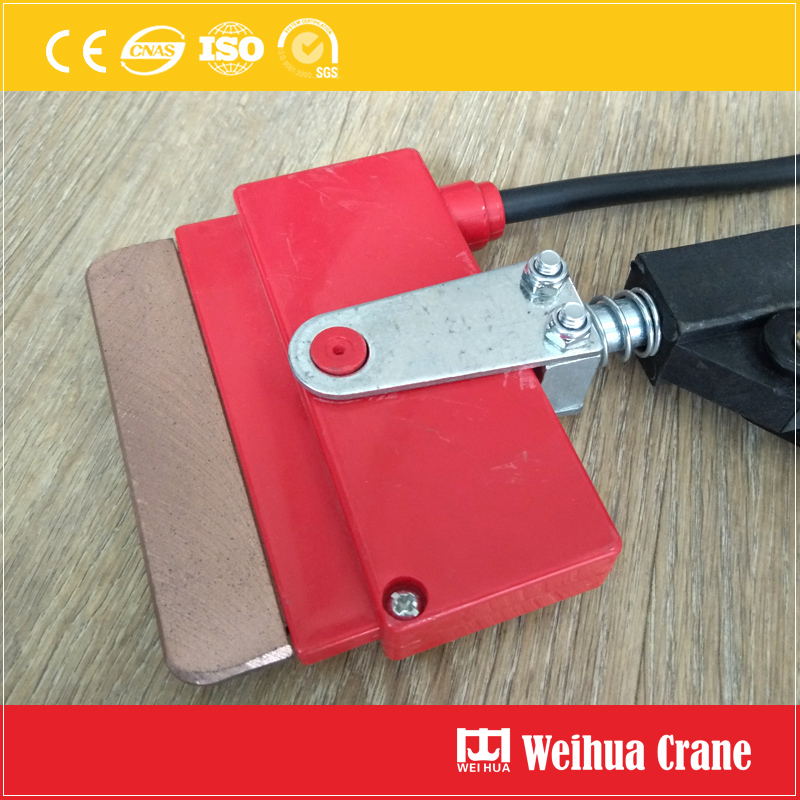
|
パラメーター
|
仕様
|
|---|---|
|
Rated Voltage
|
AC 380V/400V/415V, DC 220V/440V (カスタマイズ可能)
|
|
Rated Current
|
100a, 200a, 300a, 400a, 630a (カスタマイズ可能)
|
|
Number of Poles
|
3P, 3P+N, 3P+N+PE (カスタマイズ可能)
|
|
Contact Material
|
High-Purity Copper, Silver-Plated Copper, Copper Alloy
|
|
Housing Material
|
Aluminum Alloy, Reinforced Engineering Plastics (PA66+GF)
|
|
Operating Temperature Range
|
-40°C to 80°C
|
|
Protection Level
|
IP54/IP65 (オプション)
|
|
Maximum Travel Speed
|
120私/私
|

The crane current collector is widely used in various industrial scenarios where cranes require reliable power supply during movement. Key application areas include:
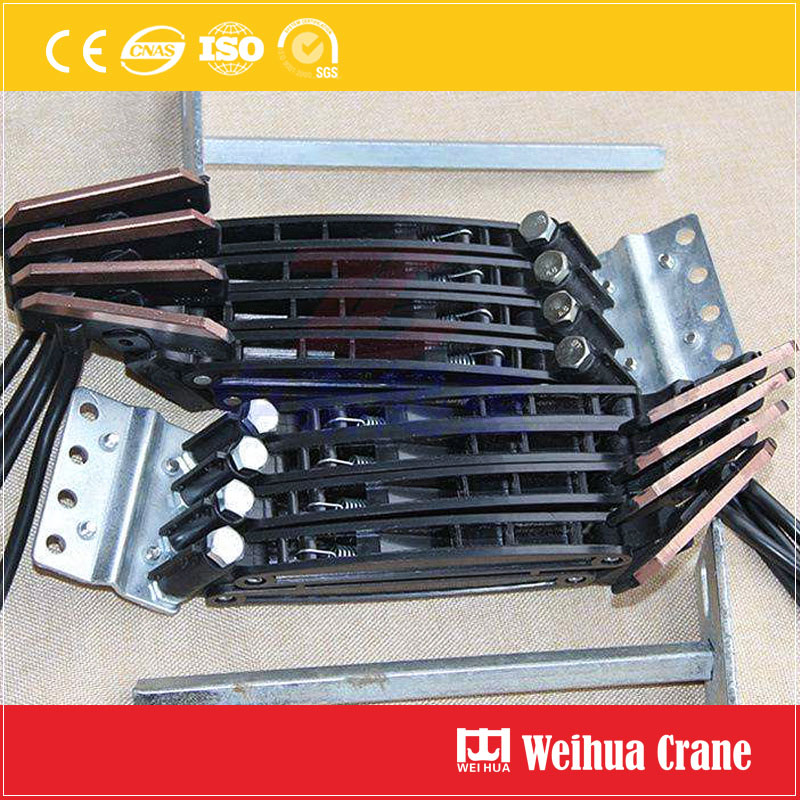
With over 20 years of experience in electrical component manufacturing, we are committed to providing high-quality, cost-effective power transmission solutions. Our crane current collector undergoes rigorous testing (including endurance testing, temperature cycling testing, and vibration testing) to ensure consistent performance in harsh conditions. We also offer customized solutions to meet specific customer requirements, along with professional technical support and after-sales service.
Invest in our crane current collector to enhance the reliability, 効率, and safety of your crane operations. Contact us today for more information or to request a quote!
Below are the most frequently asked questions about crane current collectors, designed to address common concerns and provide clear, practical answers for users in industrial and material handling fields.
Q1: What is the main function of a crane current collector?
A1: A crane current collector is a critical electrical component that transmits power from a fixed conductor rail to a moving crane. Its core function is to maintain a stable, low-resistance electrical connection between the power source and the crane’s motor, control system, and other electrical components during the crane’s horizontal or vertical movement. This ensures continuous, reliable power supply to support seamless crane operations, such as lifting, 低下, and traversing loads.
Q2: How do I select the right crane current collector for my application?
A2: Selection depends on several key factors: – Rated Current & 電圧: Match the collector’s rated current/voltage to the crane’s electrical requirements (例えば。, 200A for medium-load cranes, 630A for heavy-duty cranes). – Number of Poles: Choose based on the power system configuration (例えば。, 3P for three-phase power, 3P+N+PE for systems requiring neutral and protective earth). – Operating Environment: For harsh conditions (高温, dust, 腐食), select models with IP65 protection and wear-resistant coatings. For outdoor use, opt for weatherproof housing. – Crane Speed: Ensure the collector can handle the crane’s maximum travel speed (typically up to 120m/min for standard models). – Conductor Rail Compatibility: Verify that the collector’s contact design matches the type of conductor rail (例えば。, T-type, C-type, or I-type rails) used in your setup.
Q3: What causes arcing in crane current collectors, and how to prevent it?
A3: Arcing usually occurs due to poor contact between the collector and the conductor rail, which can stem from: – Insufficient contact pressure (worn springs or misalignment). – Contaminated contact surfaces (dust, oil, or oxidation). – Excessive crane acceleration/deceleration. – Worn or damaged contact blocks. Prevention measures: Regularly inspect and clean contact surfaces; replace worn springs or contact blocks promptly; ensure proper alignment during installation; and avoid abrupt speed changes in crane operation.
Q4: How often should I maintain a crane current collector?
A4: Maintenance frequency depends on usage intensity and operating environment: – Light-duty (屋内, clean environment): Inspect every 3–6 months. – Medium-duty (regular industrial use): Inspect every 1–3 months. – Heavy-duty (harsh conditions: dust, 水分, high load): Inspect monthly. Key maintenance tasks include: Cleaning contact surfaces with a dry cloth or specialized cleaner; checking contact block wear (replace when wear exceeds 30% of original thickness); lubricating guide rollers; and verifying spring tension and housing integrity.
Q5: Can crane current collectors be used in outdoor or corrosive environments?
A5: はい, but you need to select models designed for such conditions. Look for collectors with: – Corrosion-resistant materials: Housing made of aluminum alloy with anti-corrosion coating or reinforced engineering plastics (PA66+GF). – High protection level: IP65 or higher to prevent dust and water ingress. – Wear-resistant contacts: Silver-plated or nickel-plated copper contacts to resist oxidation and corrosion. These models are suitable for outdoor applications like port container terminals, 建設現場, and mining areas.
Q6: Is it difficult to install a crane current collector?
A6: いいえ, most crane current collectors feature a modular, user-friendly design for easy installation. The process generally involves: 1. Mounting the collector bracket to the crane’s moving trolley (ensuring alignment with the conductor rail). 2. Connecting the collector’s electrical cables to the crane’s power input terminal (following the wiring diagram). 3. Adjusting the contact pressure and alignment to ensure smooth contact with the rail. It is recommended to follow the manufacturer’s installation manual or consult a professional electrician for complex setups, but basic installation can be completed by on-site maintenance teams with standard tools.
Q7: What should I do if the crane current collector fails suddenly?
A7: First, stop the crane operation immediately to ensure safety. それから, perform the following troubleshooting steps: – Check for loose or disconnected cables (reconnect if necessary). – Inspect contact blocks for wear, ダメージ, or contamination (clean or replace as needed). – Verify spring tension (replace springs if they are weak or broken). – Check for misalignment between the collector and conductor rail (adjust the bracket). If the issue persists, contact the manufacturer’s technical support team with details about the failure (例えば。, symptoms, operating conditions) for further assistance. Avoid forcing the crane to operate with a faulty collector, as this may cause damage to the crane’s electrical system.
PDFで共有: ダウンロード

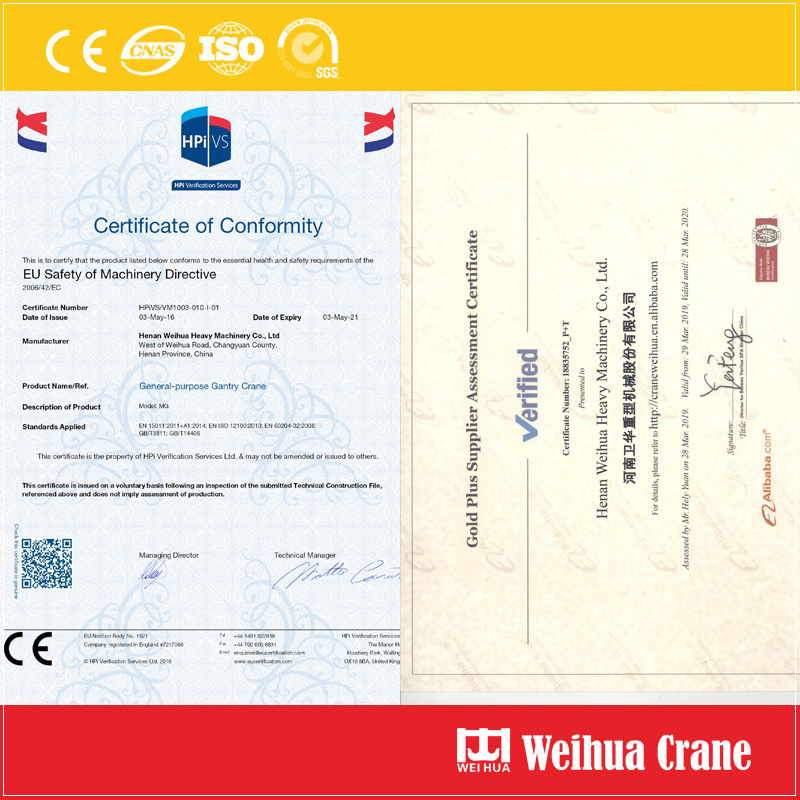

私たちはあなたのフィードバックを大切にします! あなたの特定のニーズに合わせてサービスを調整できるように、以下のフォームに記入してください.
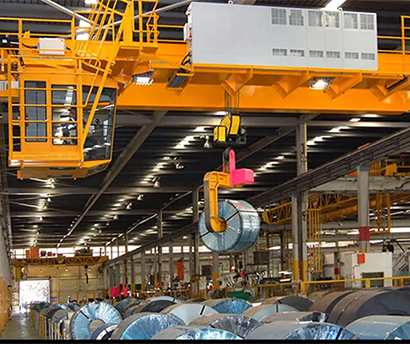
Steel Coil Handling Overhead Crane For Sale Designed exclusively for the rigorous deman……
もっと発見してください →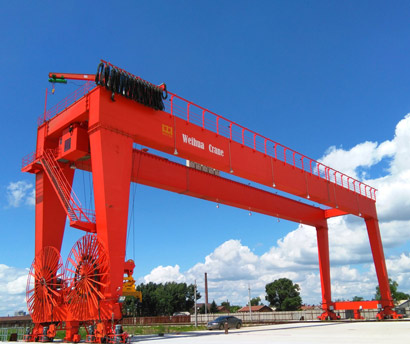
レールマウントガントリークレーンとは? 風力発電用レール取り付け式ガントリークレーン レールm……
もっと発見してください →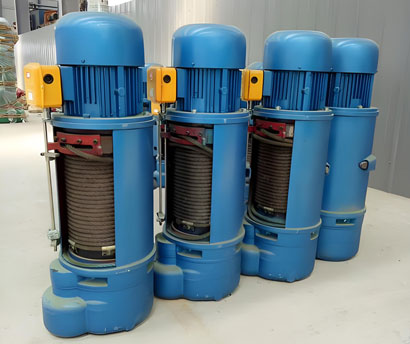

最新のコメント